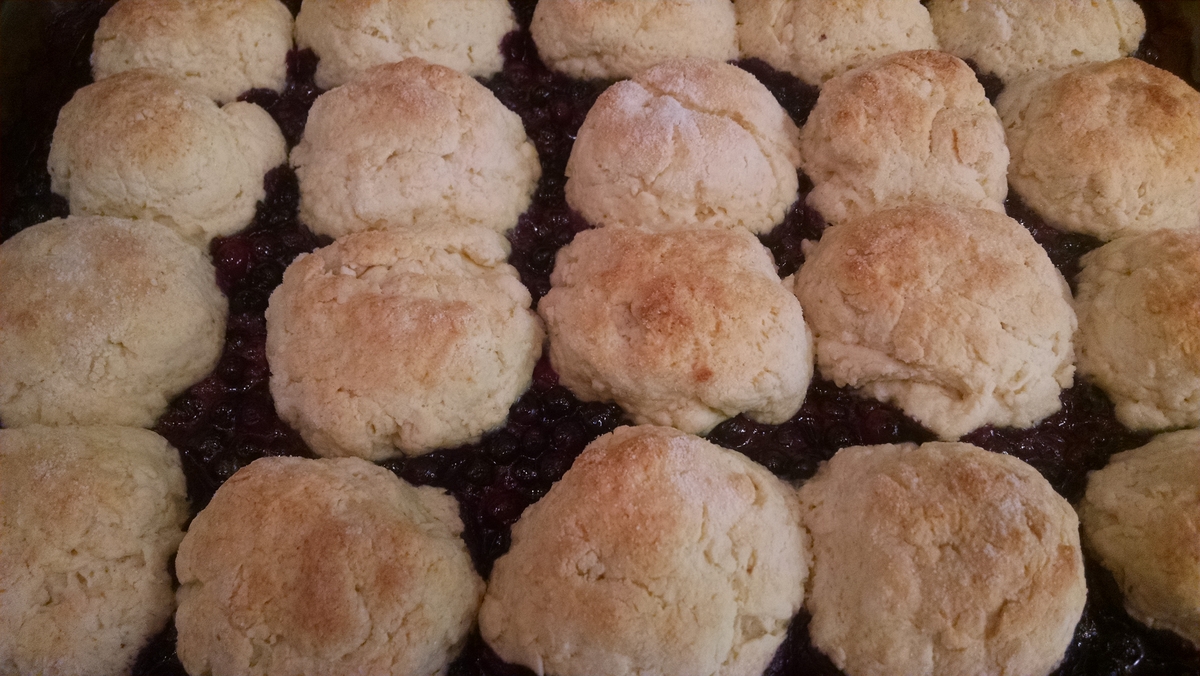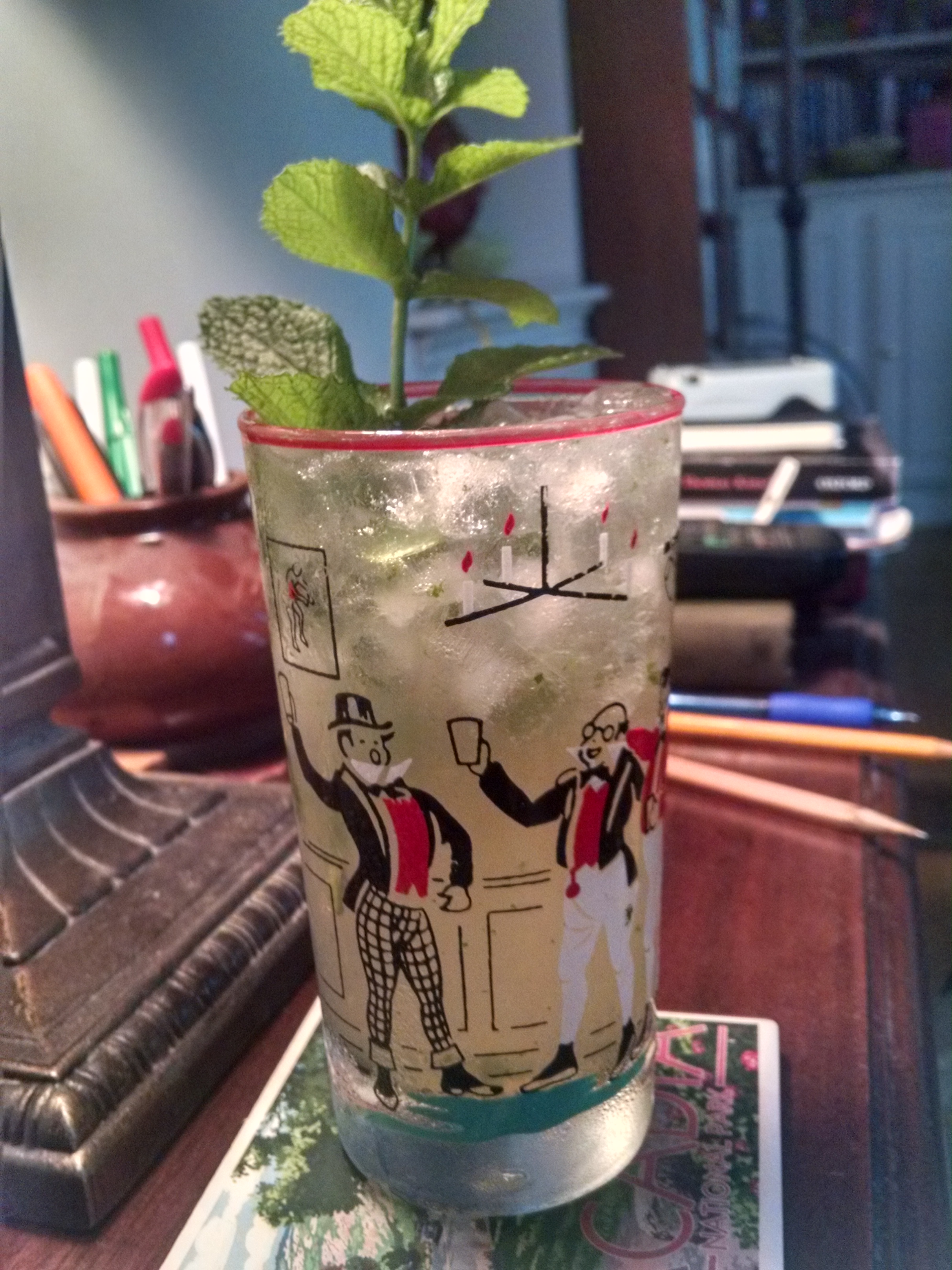
This is a very old drink that has gained new celebrity. The inspired combination of white rum (or aguardiente), lime, mint, and sugar has been traced to a 16th century drink borrowed from indigenous Cubans. At that time it was intended to cure scurvy and dysentery. Today it is made with finer versions of the same refreshing combination of ingredients, and its uses are more recreational than medicinal!


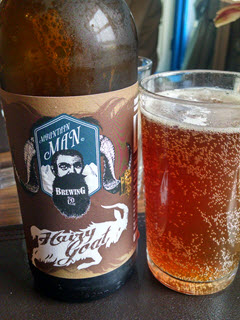



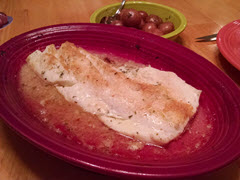
 Travelers from New England soon learn that Ireland has a very different coffee culture. While Americans consume on average .931 cups of coffee per day, the Irish consume only .215, or less than one quarter of the coffee their American counterparts consume.
Travelers from New England soon learn that Ireland has a very different coffee culture. While Americans consume on average .931 cups of coffee per day, the Irish consume only .215, or less than one quarter of the coffee their American counterparts consume.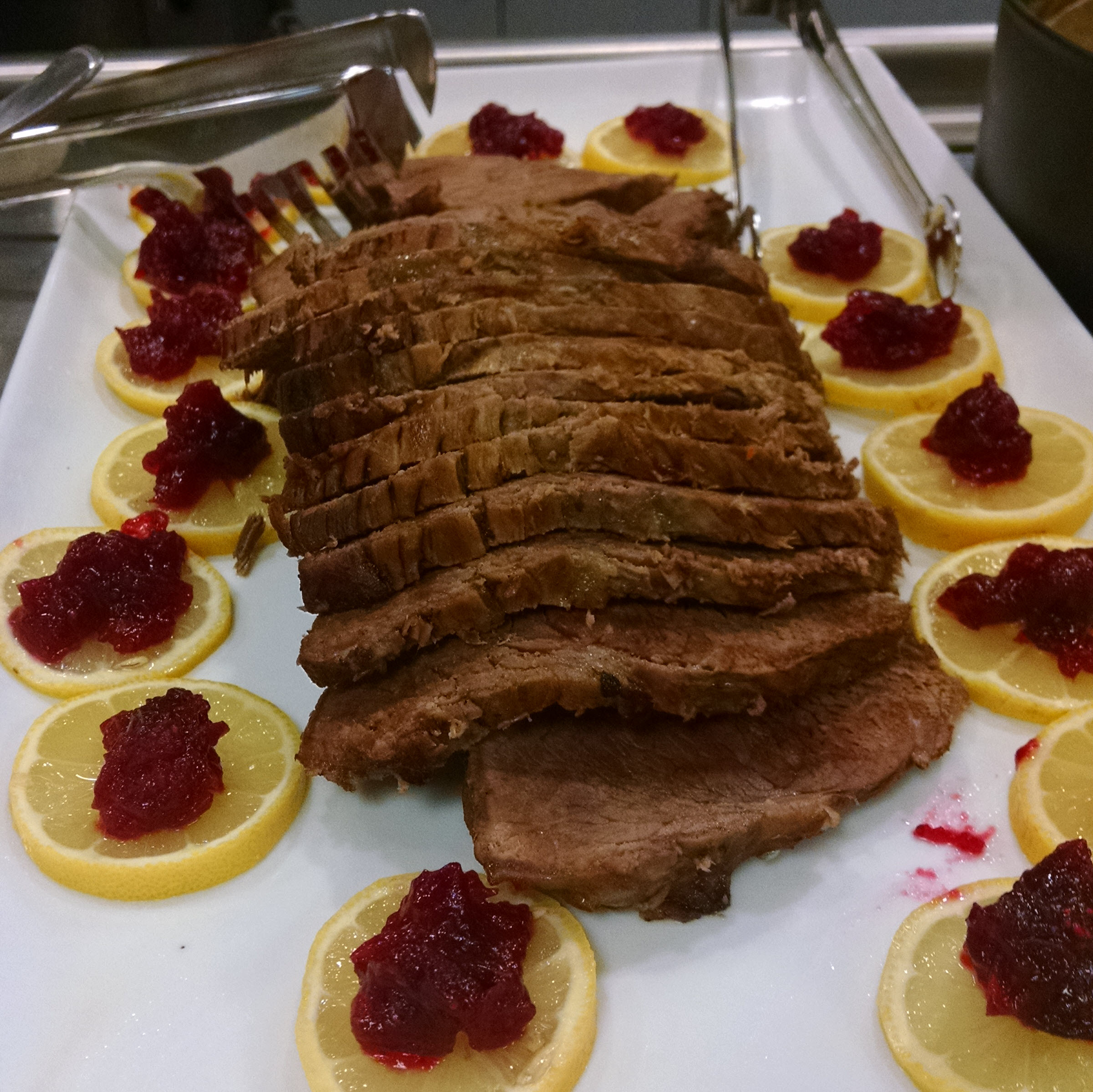
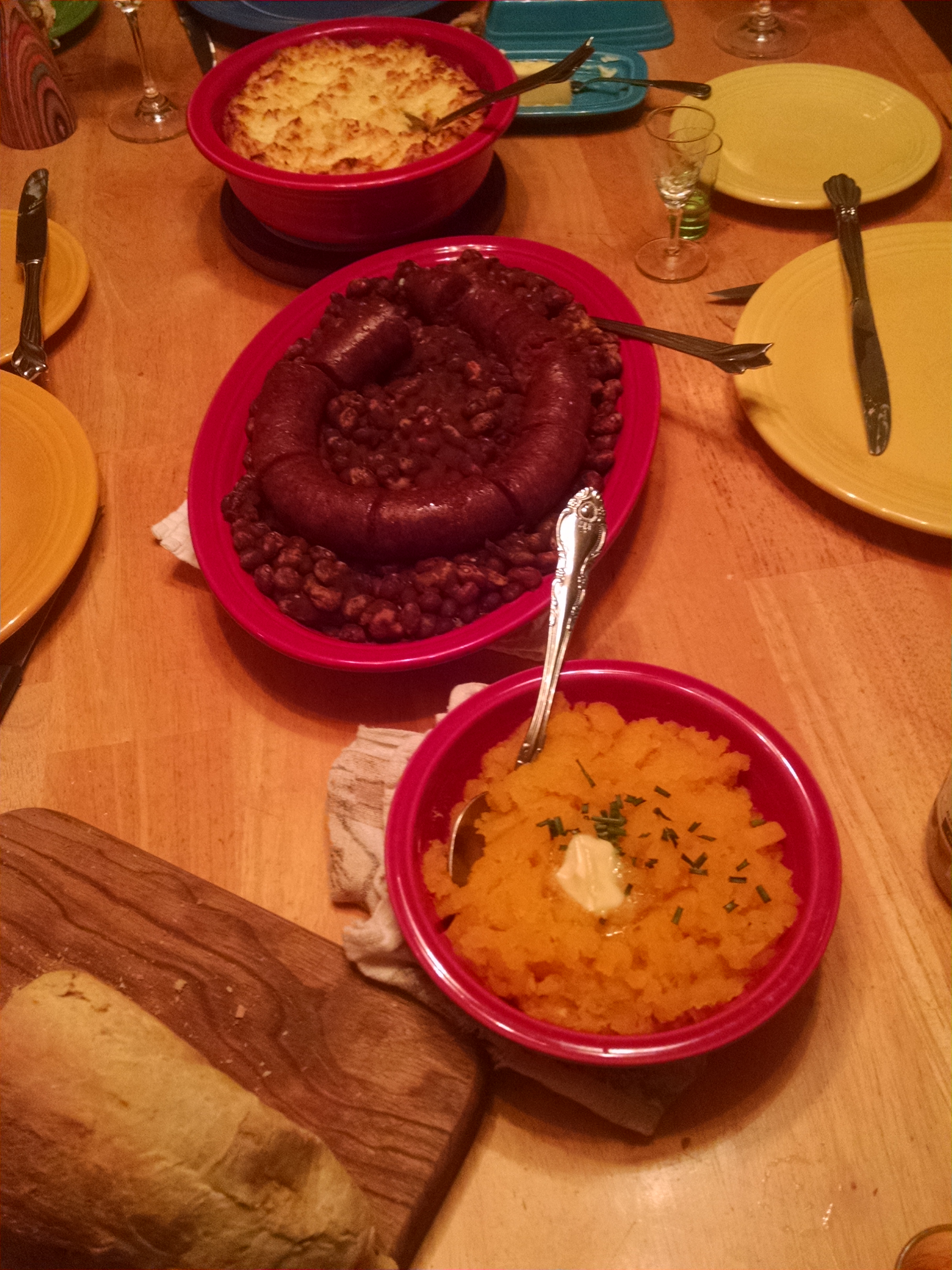
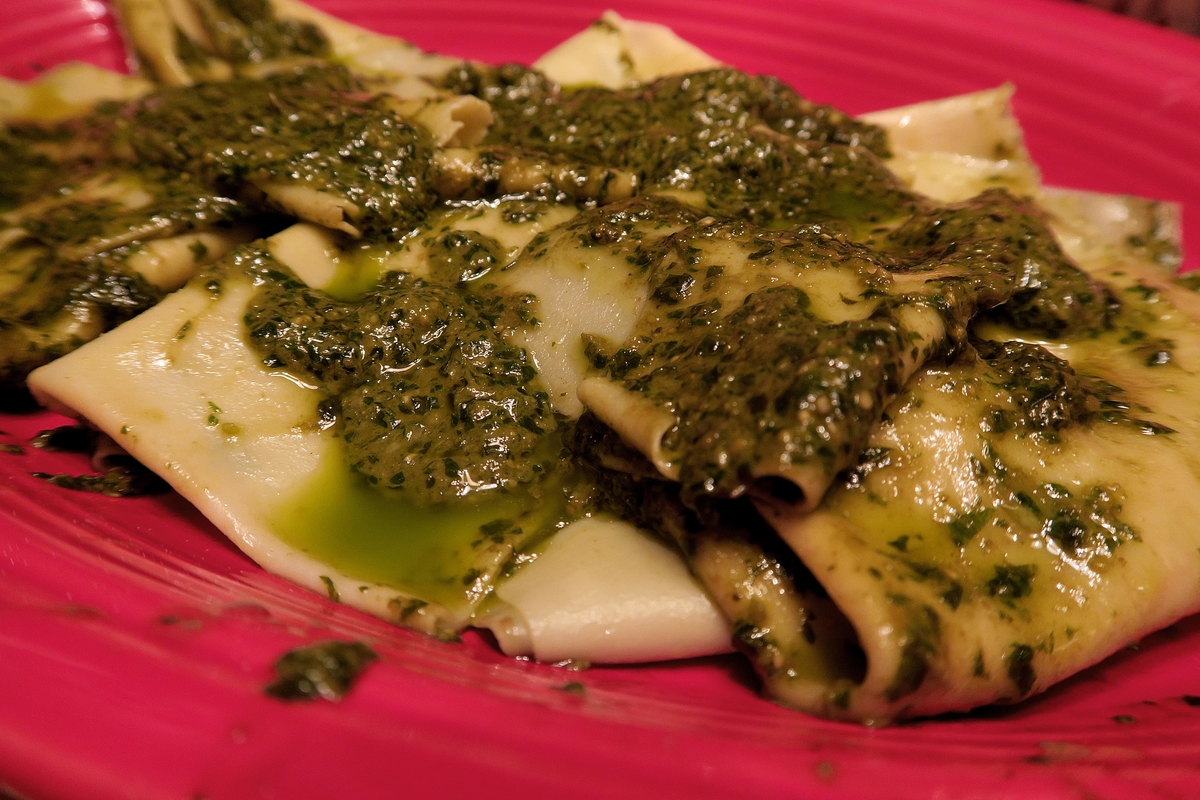
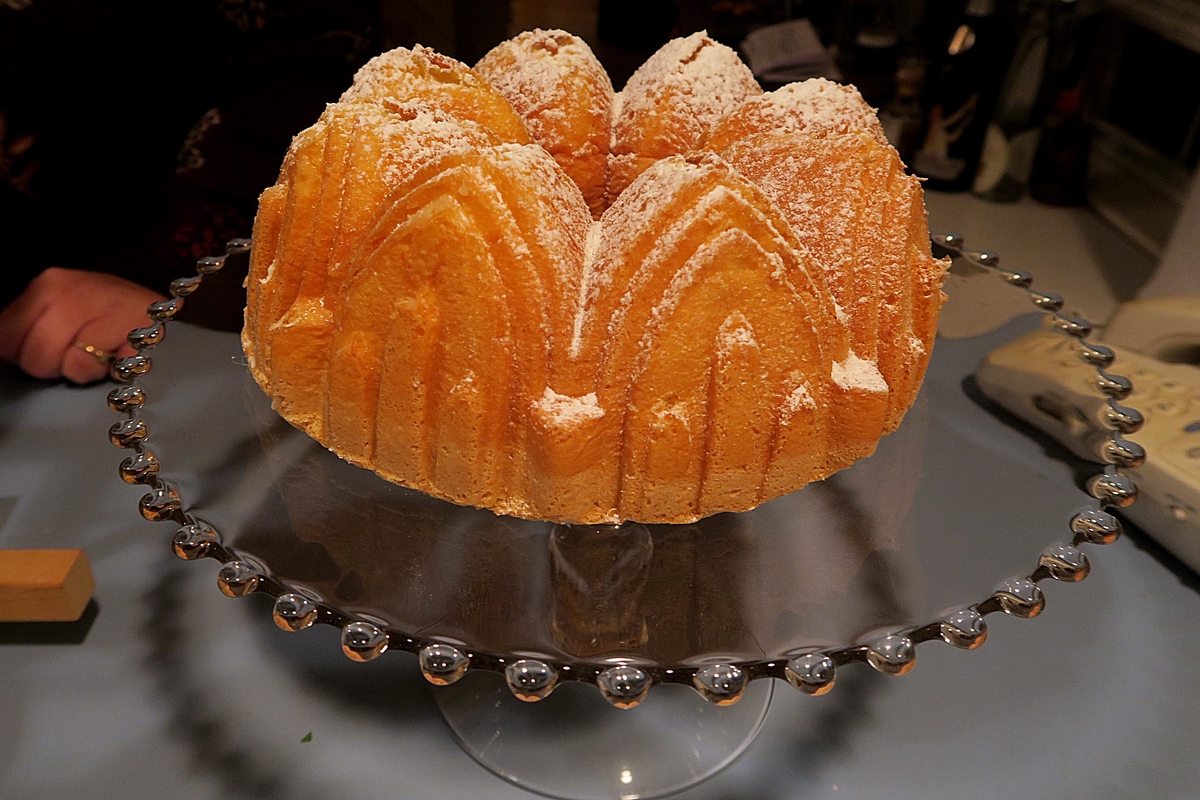 This beautiful, light sponge cake works well in a fancy mold, and it accompanies berries, preserves, or chocolate sauce wonderfully. Unlike the similar
This beautiful, light sponge cake works well in a fancy mold, and it accompanies berries, preserves, or chocolate sauce wonderfully. Unlike the similar 
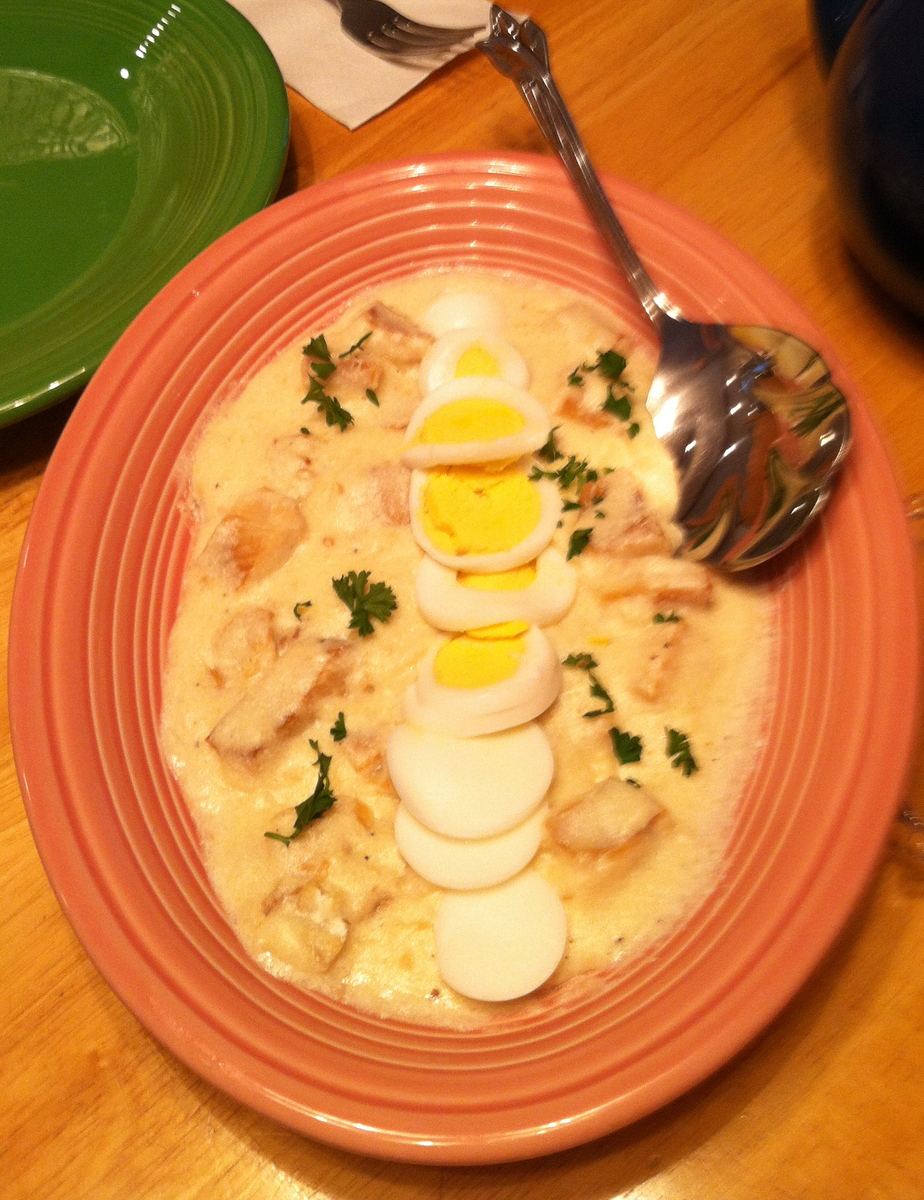 One of our favorite breakfast or lunch dishes on a cold rainy day is this old Scottish favorite made from smoked haddock in a white sauce, with the white sauce made from milk in which the fish was cooked.
One of our favorite breakfast or lunch dishes on a cold rainy day is this old Scottish favorite made from smoked haddock in a white sauce, with the white sauce made from milk in which the fish was cooked.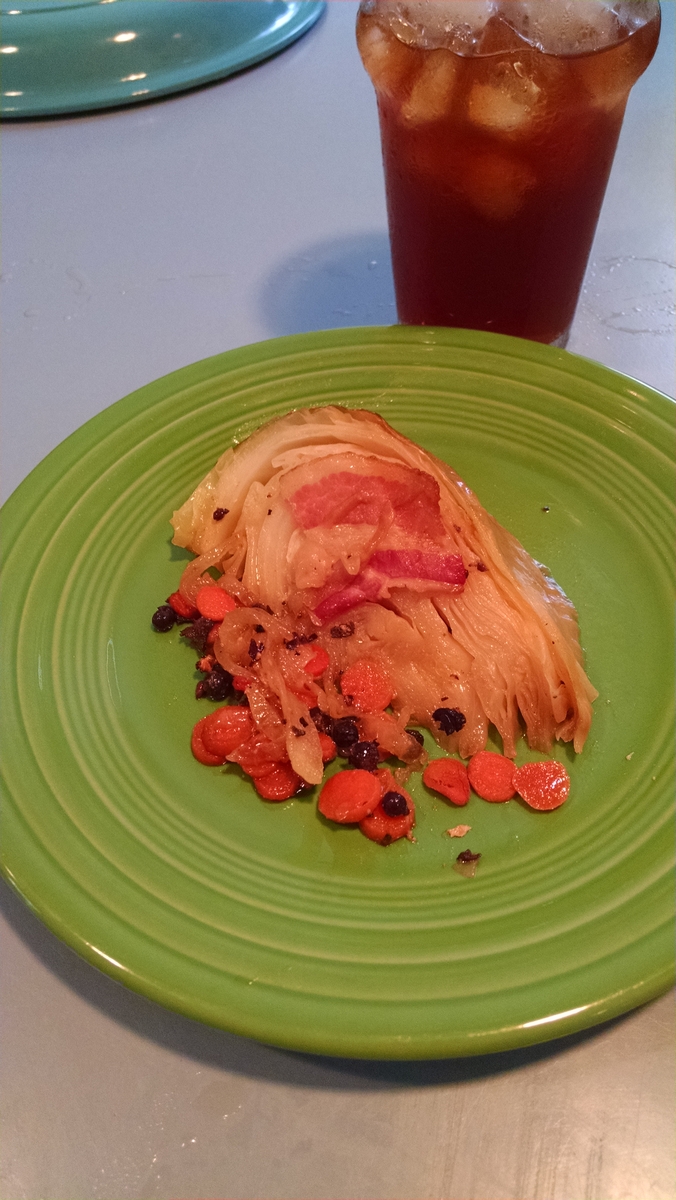 This is an easy recipe, good for when you have a cabbage from your CSA and you really don't want any more cole slaw...
This is an easy recipe, good for when you have a cabbage from your CSA and you really don't want any more cole slaw...